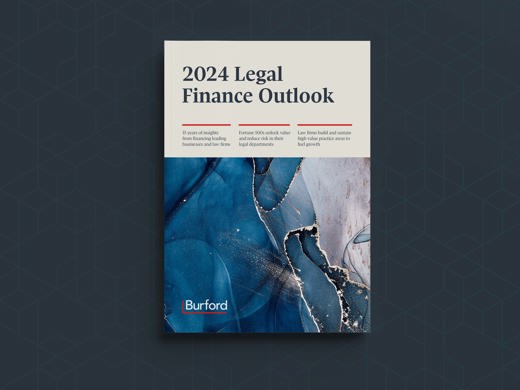2024 Legal Finance Outlook
- Affirmative recoveries
- Antitrust & competition
- Asset recovery
- Bankruptcy & insolvency
- General commercial litigation
- International arbitration
- Monetization
- Patent & IP
- Portfolio finance




The latest report on Burford's business and trends in 2024 draws on 15 years of insights from financing leading businesses and law firms, illustrates how Fortune 500s are unlocking value and reducing risk in their legal departments and shows how law firms can build and sustain high value practice areas to fuel growth. Read the 2024 Legal Finance Outlook to learn more.
Burford Capital has come a long way since our founding in 2009. We launched Burford with a $130 million IPO in October of that year. As we enter our 15th year in business, we’ve built a more than $7 billion portfolio of commercial litigation an…